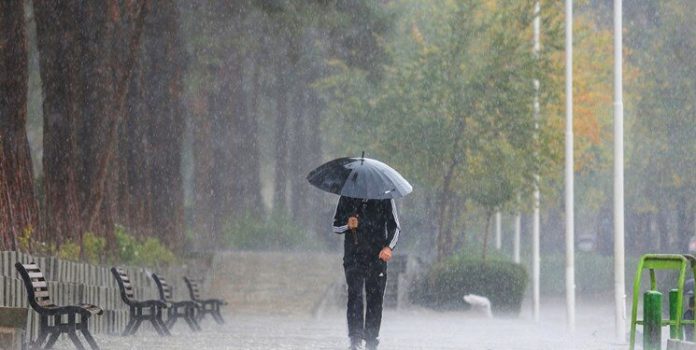- Of late, the weather vagaries being witnessed around the globe are anything but consistent where even the expert predictions from renowned meteorological entities across the world often go awry. Yes, the environmental degradation on the back of carbon emissions courtesy of unimpeded fossil fuel usage is the biggest contributor to the altered weather regimen. Inconsistent weather patterns vis-à-vis floods, droughts, dry spells, heat, and unpredictable seasonal swings are becoming a norm. The western and European countries in the grip of unbelievable heat waves are one such example of how the weather is playing truant with our lives. Cannot blame mother nature for the difficulties encountered as the present climate situation is simply man-made.

PC: Cord Magazine
- The global community is yet to recover from the disastrous two years of pandemic-induced challenges. Many countries are still grappling with the fast-changing economic scenarios is stating the obvious. To add fuel to the fire, the ongoing conflict between the Russian and Ukrainian forces has severely disrupted the global supply chains leading to shortages of cereals and other basic commodities. The inflationary trends visible around the many economies of the world are a serious concern demanding judicious fiscal prudence to tide over the mounting challenges. We know how the Indian population too is not shielded from the challenges of enduring sustenance/livelihood tribulations, rising costs, and general lack of opportunities owing to inflationary tendencies.
- As you are aware, July is when the southwest monsoon peaks in India. So far, it’s been a bountiful year. After a slow start, the intensity of the monsoon picked up around July 05. As reported by the IMD, the cumulative rainfall was 42.2 cm by July 24, higher than the normal by 11%. Worryingly, the national average cloaks sharp inter-regional differences. Data according to meteorological subdivisions show that in a large contiguous swathe stretching from western UP to the southern part of West Bengal, rainfall has been deficient by anything between 45-72% till July 26. This is bound to have a bearing on paddy production, the most important crop of the Kharif agricultural season. Where do we stand vis-à-vis the food security aspect?

PC: Navtan Kumar
- A distinctive feature of Kharif is that there isn’t a neat overlap between the distribution of rainfall and food security. Note that Bengal and UP are India’s largest producers of paddy. Therefore, the distribution of rainfall had an adverse impact on paddy acreage. Nationally, it was 12.8 million hectares on July 15, lower by 27% year-on-year. However, food security as represented by adequate rice stocks in the PDS system depends mainly on procurement in Punjab, Telangana, Chhattisgarh, and Odisha. These states together account for about 55% of total paddy procurement and rainfall there has been either normal or in excess. What if the monsoons were below normal? We would be staring at disastrous consequences. Thanks for the small mercies.






